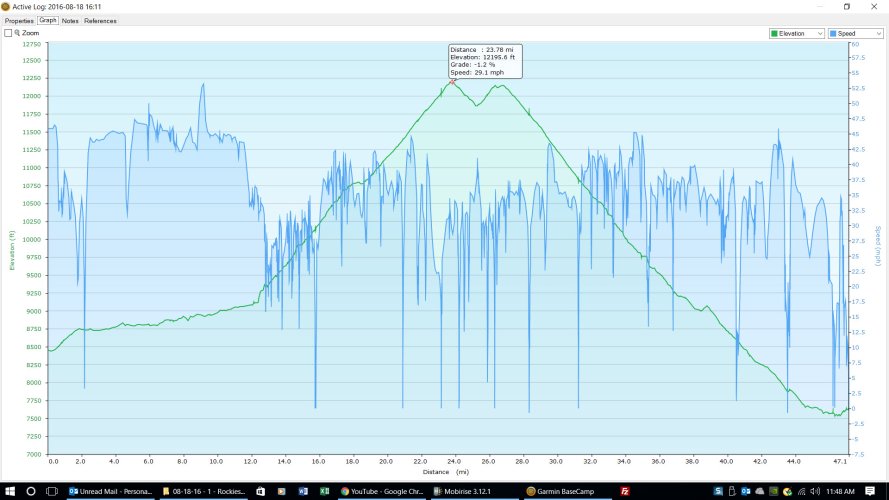boltgunner
New member
I’ve been searching through my 2015 R1200 GS manual and the manual for the NAV V and I cannot find any information about setting up the NAV V to record miles ridden based on GPS inputs.
I was wondering if anyone out there had some experience with this.
One other thing - I’m not finding as much information as I thought there should be on making adjustments on the NAV V that are reporting data from the the bike itself and I thought I saw that at one time in the literature that came with either the bike or the NAV V.
Thanks!
I was wondering if anyone out there had some experience with this.
One other thing - I’m not finding as much information as I thought there should be on making adjustments on the NAV V that are reporting data from the the bike itself and I thought I saw that at one time in the literature that came with either the bike or the NAV V.
Thanks!


